Almadraba are fish traps that have been used for thousands of years to catch bluefin tuna off the Atlantic coast of Cadiz, Andalucia, southern Spain
By Nick Nutter | Updated 5 Mar 2022 | Andalucia | History |
Login to add to YOUR Favourites or Read Later
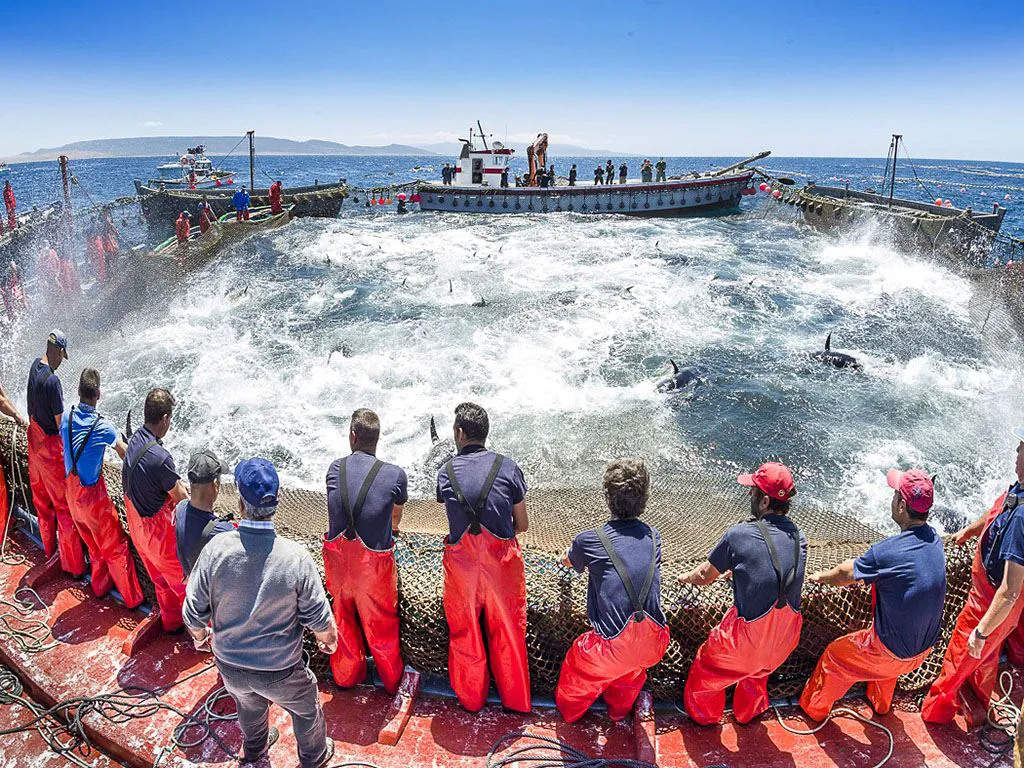
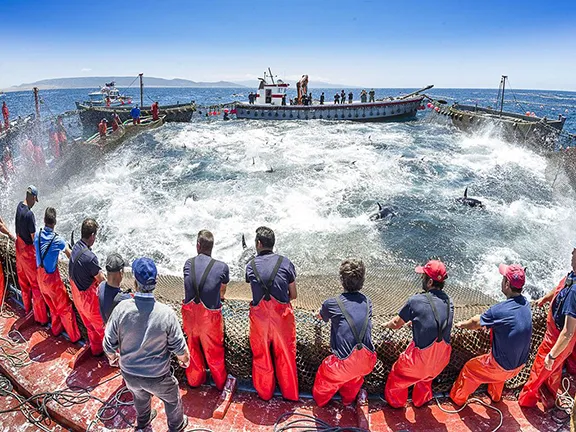
Almadraba off Cadiz - Courtesy of Diario de Cadiz
Cursed by sailors for centuries the fish traps that proliferate along the Atlantic coast from Conil de la Frontera to Tarifa have long been a hazard to navigation particularly in the days of sailing ships when the prevalent south westerly wind made this stretch of coast a lee shore.
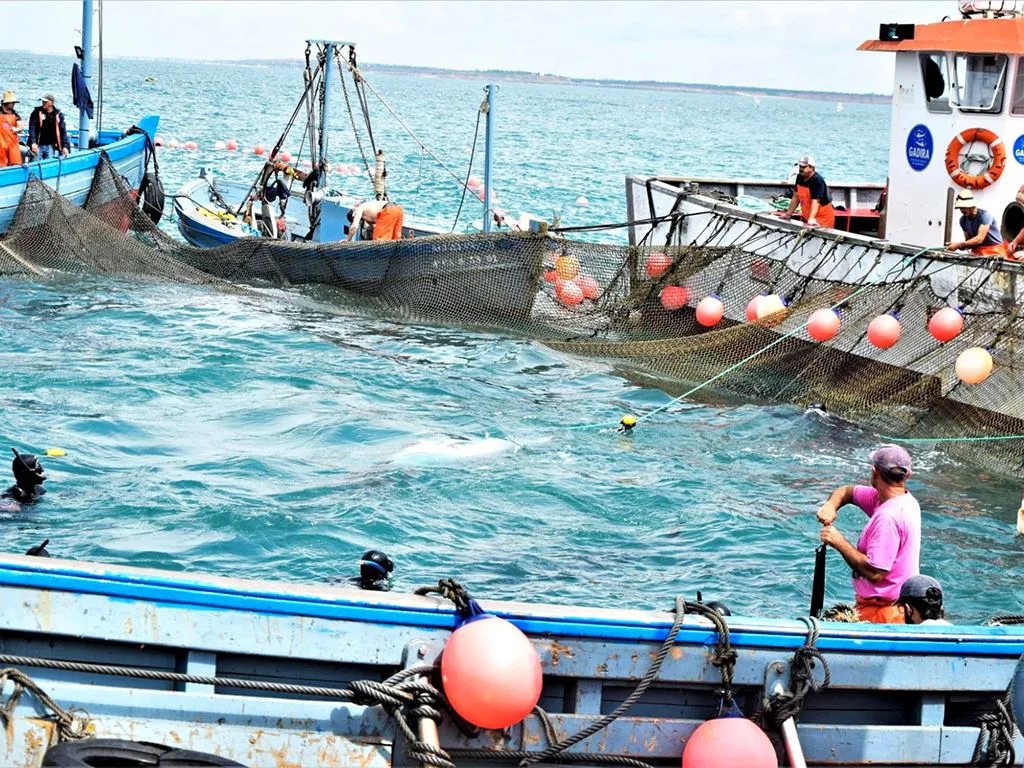
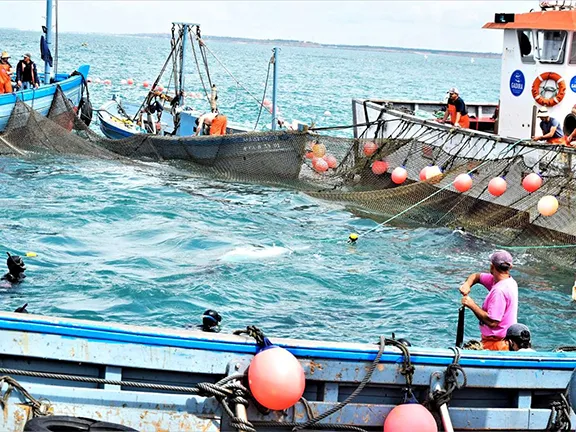
Bluefin tuna in almadraba - Courtesy of Diario de Cadiz
The fish traps, called ‘Almadraba’, the word derives from Andalucian Arabic and means ‘a place to hit and fight’, helped the coastal towns and villages of the Atlantic coat of Cadiz become wealthy from the sale of the bluefish tuna caught in the nets.
Bluefish tuna live in the Eastern Atlantic and return to their breeding grounds in the western and central Mediterranean every year during spring. The migration starts in late March or early April. Up to 20 years old, weighing up to 500kg and able to swim at over 70 kilometres per hour they are not easy prey. The Almadraba are designed especially to harvest this fish.
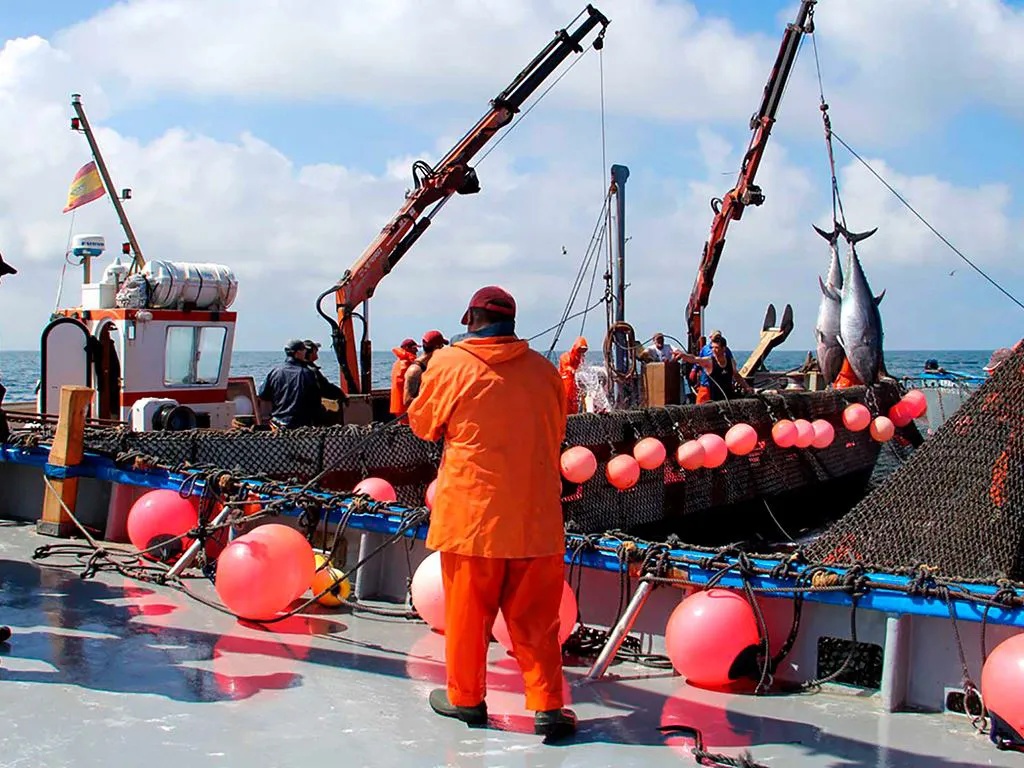
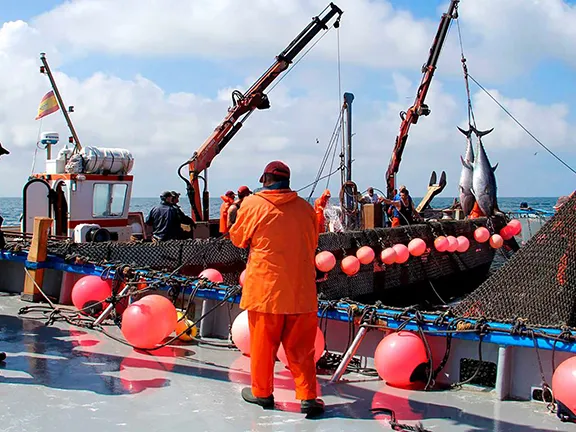
Landing the catch - Courtesy of Diario de Cadiz
The Muslims were by no means the first to realise the potential of the tuna. For over eight thousand years, fishermen have been launching their boats from the beaches and natural harbours on the Atlantic coast of Spain to take advantage of the tuna fish migration. A cave painting in a cave at Zahara de los Atunes depicts a bluefin tune. When the sunlight from a small gap near the entrance to the cave landed on the painting, the hunter gatherer people of the area knew that the tuna migration season had started.
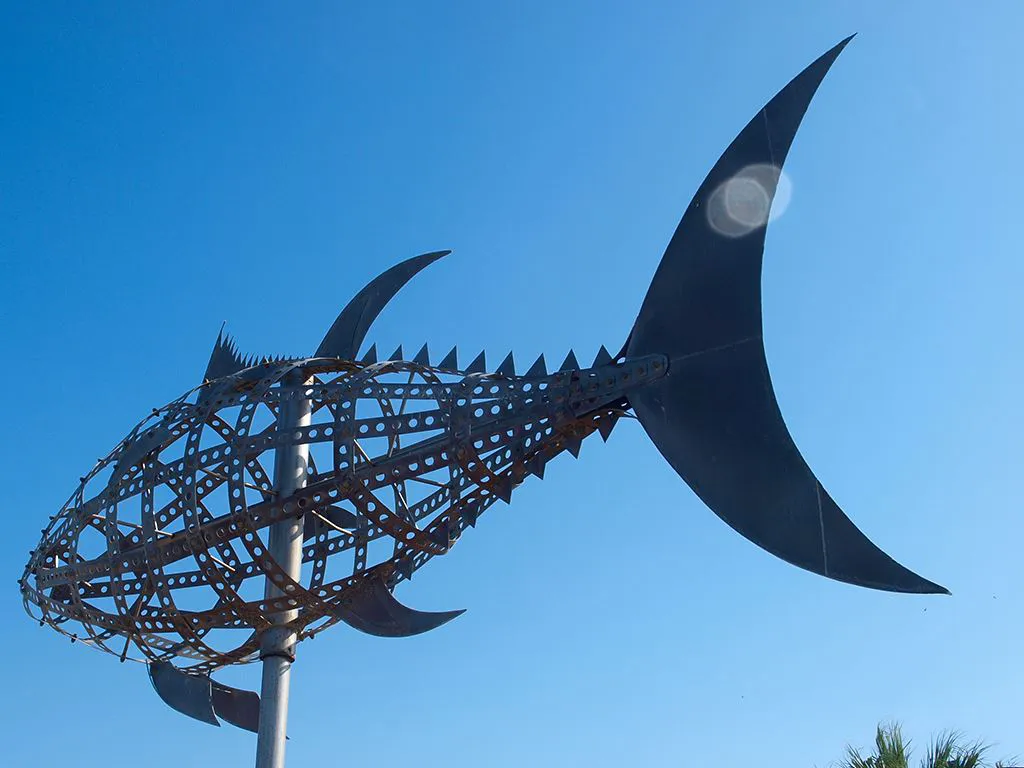
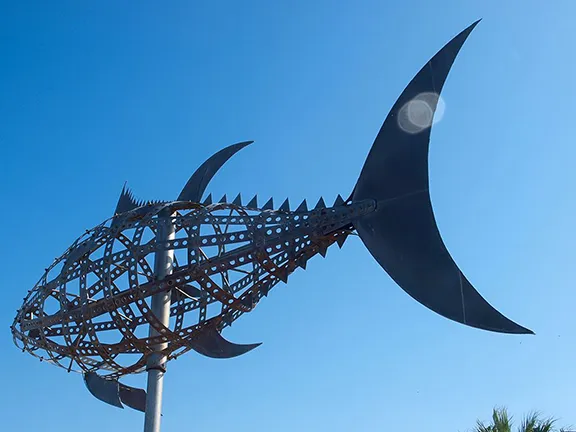
Bluefin tuna Conil de la Frontera
The hunter-gatherers, and the Neolithic people that followed them, fished from open boats using hooks and line. Later the Phoenicians arrived, and nets began to be used. By the time the Romans left Andalucia, the Almadraba fishing system was fully developed.
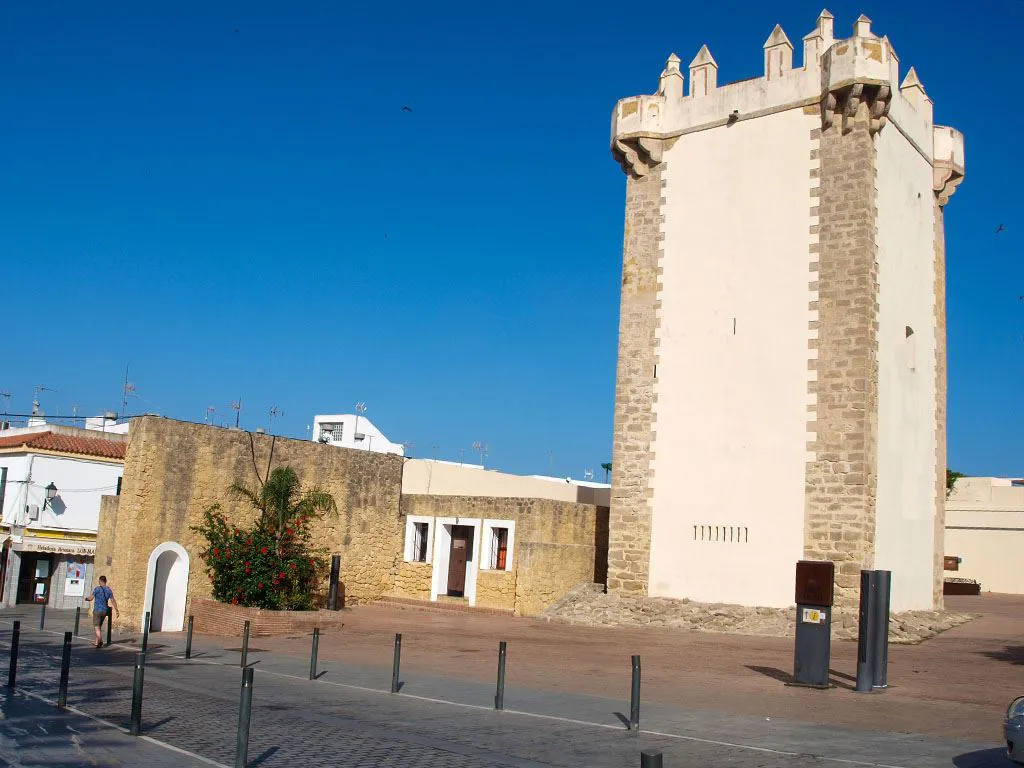
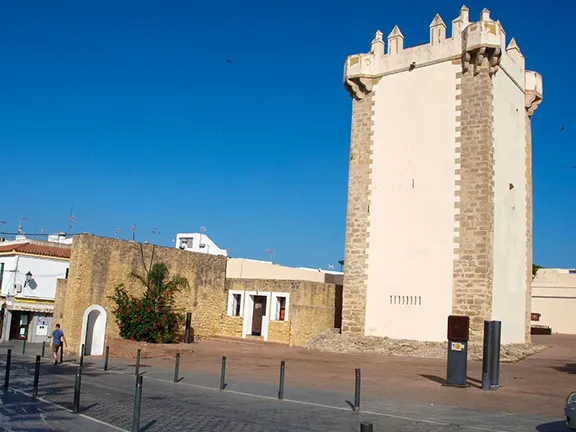
Guzman tower Conil de la Frontera
A series of nets, a kilometre or more long, force the tuna from deep water into a ‘chute’ out of which they emerge into the ‘copo’, the final part of the net. They are encouraged along by two boats using more nets to shepherd the fish. On the bottom of the copo is another net and surrounding the copo are several substantial fishing boats. When the copo is full of tuna the net is raised by the men on these boats until the net is just a metre or so beneath the surface of the water and full of, by now, frantic tuna. The men jump into the net and harpoon the tuna, casting them into the boats. The mesh of the net is of such a size that it allows the undersized, young, tuna to escape. Due mainly to the influence of the Japanese, who buy a great deal of the tuna, the method of killing the fish is changing. Divers now enter the copo and kill the fish instantaneously. This reduces the lactic acid produced by stressed tuna that can spoil the flavour.
Since the Muslim period of al-Andalus, the positioning of the Almadraba was determined by taking bearings of the stone towers built on the shore. For instance, there are five in Conil de la Frontera, two next to the Torre de Castilnovo just south of the town, two at Cape Roche to the north and one at the Atalaya viewing point in the town itself. Nowadays GPS is used.
Historically, the Almadraba method of catching tuna was used along the entire length of the Cadiz coast. Today it is only used at Conil de la Frontera, Barbate, Zahara de los Atunes, and Tarifa and only during the months of May and June.
The story of the tuna fishing industry in Conil de la Frontera shows the importance of this fish.
So rewarding was the tuna season that the Dukes of Medina Sidonia, who owned Conil de la Frontera from the 14th century, came down to the coast to personally supervise and, presumably, make sure that they received their monetary share of the catch. They were accommodated in the castle, of which only Guzman Tower remains, that was built during the 14th century by Alfonso Perez de Guzman “el Bueno”.
Between 1540 and 1560 the Duke of Medina Sidonia built the 7,500 square metre tuna fish factory, La Chanca, at Conil de la Frontera. It was used for salting the fish and storing the boats and fishing gear. Business boomed and in 1580 the Duke built The Ducal House just outside the walls of the town to house the merchants that came to buy the tuna.
The Duke of Medina Sidonia also had built the Torre de Castilnovo on the outskirts of the town which was used as a watchtower and for storing the tuna traps. It housed a Governor until the 1st November 1755 when a tsunami hit Conil de la Frontera. After the wave receded only the foot of the tower remained.
Interestingly, it is recorded that during this period, the traditional Almadraba method of catching the fish was abandoned because of the expense of the boats and the kilometres of nets that needed maintenance and repair. Instead, the local fishermen drew a net from shore in a large semicircle to trap the tuna in shallow water.
The tuna migration is not what it was, despite efforts by the Spanish Government and the International Commission for the Conservation of Atlantic Tunas (ICCAT). Overfishing has drastically reduced the numbers of bluefin tuna. In 2019, ICCAT set limits: 32,000 tonnes globally, of which over 5,500 tonnes was for Spain as a whole of which Cadiz received a limit of 1,300 tonnes. This amount was divided between the four Almadrabas in Cadiz province, Zahara de los Atunes, Barbate, Conil de la Frontera and Tarifa.